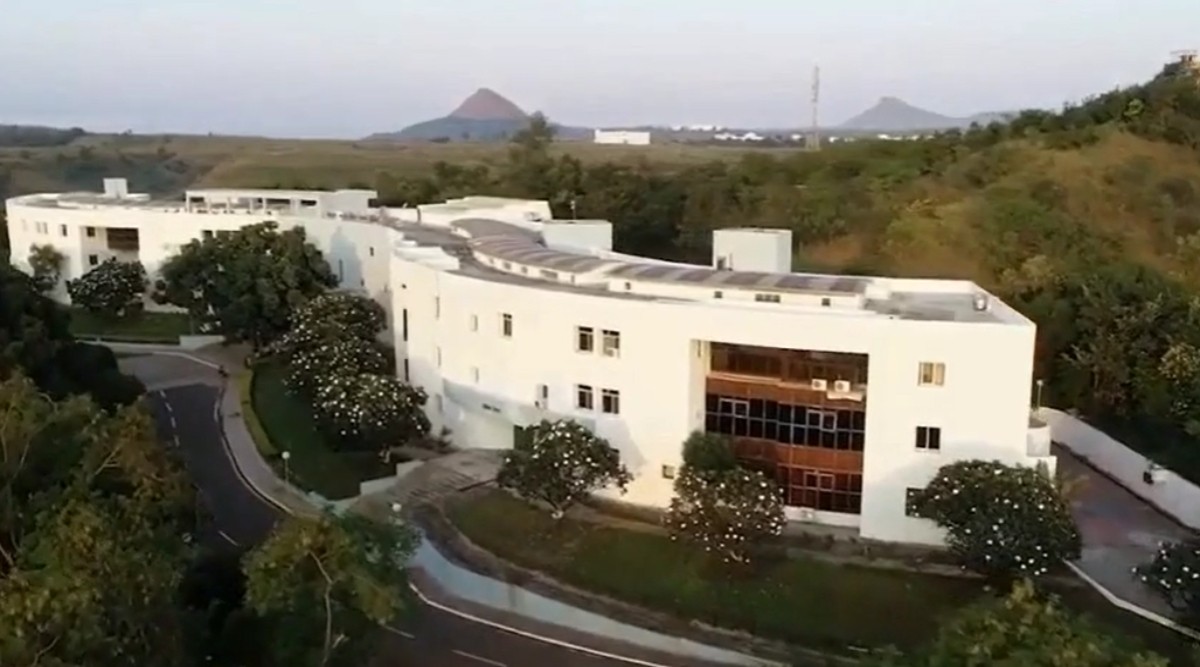 Maharashtra University of Health Sciences. (Photo: https://www.muhs.ac.in/)
Maharashtra University of Health Sciences. (Photo: https://www.muhs.ac.in/)Each medical college and doctor’s house is bound to have a collection of books, diaries, old equipment, medical artefacts and surgical specimens that may be lying as ‘junk’ in secluded corners. Authorities at the Maharashtra University of Health Sciences (MUHS) in Nashik are now looking to make use of these “valuable treasures” for the proposed museum called IKSHANA (Integrated Knowledge of Sustainable Health Awareness).
The MUHS has tied up with the National Institute of Design, Ahmedabad, for the ambitious initiative. When contacted, MUHS vice-chancellor Lt Gen (retd) Madhuri Kanitkar told The Indian Express that it appealed to heads of departments, faculty members, students and doctors to dig out and document the `medical junk’ that has been stored away and left untouched and unseen for decades in the medical colleges. “Do not throw this junk out,” Kanitkar appealed and even encouraged students to check out spaces like warehouses, lofts and attics for the precious treasures.
At the MUHS, a small section was dedicated to the history of medicine by the former VC Dr Mrudula Phadke. The aim is to develop it into a larger museum that has four sections – the history of medicine, ‘Journey of Life’ (kohum in Sanskrit), an integrated approach to wellness and common ailments, an audiovisual section and a mixed reality experience that explores how stents are fitted and joints are replaced. For the section on the history of medicine, the plan is to capture major events as part of a timeline series. For instance, depicting the discovery of penicillin in the context of World War II.
The second section ‘Journey of Life’ is philosophical in concept and interlinked with scientific aspects to put out details in a simple format. For example, questions like ‘where one comes from’, and ‘what is the final destination’ are explained by taking a deep dive into understanding embryology- the branch of science that is related to the formation, growth and development of embryos.
“We have requested colleges to photograph each item found and tag it with a serial number and add a short note about the history,” Dr Swapnil Torne, communication officer at the MUHS, said.
Dr Torne suggested the name IKSHANA, which means vision, while entries were invited to design the logo for the museum – “We got as many as 456 entries from students at NID and shortlisted five,” the MUHS VC said. The initial seed funding will be made by MUHS and the project is expected to take off by January next year.